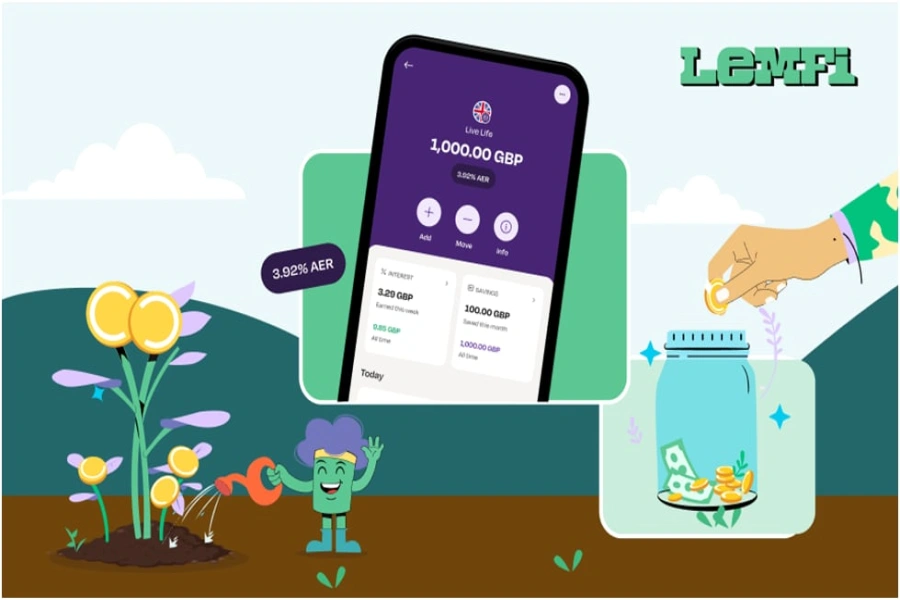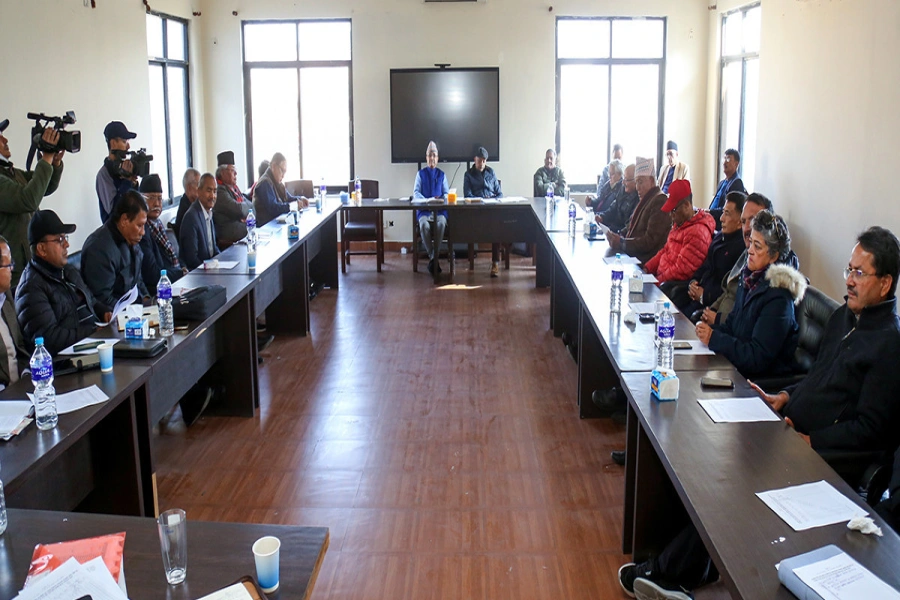This third wave in economics demands more real-time data and less theory. This data-driven and fast-paced economics however seems to have been prevailing before being hard-hit by the pandemic.
The world lately has been on a rollercoaster ride as Covid-19 rips around the world with massive changes in the routine life of people to a clueless change in the economic pattern as well. Economists have been looking to visualize the correct picture of applicable theories and equations to optimize job opportunities and get back to development. No one is sure whether the inflation and wages curve are going to spiral upward or nose-dive. Thus, a dire need of instant economics is observed for this fast-paced economics with a huge change in the behavior pattern to the influence on public economics which has created the third wave of economics lately.
The first wave was mainly impacted by three well-recognized personalities. The wave embarked when Adam Smith wrote “Wealth of Nations” based on the monopolistic nature of eighteenth-century Europe. John Maynard Keynes and Milton Friedman, thereafter, came up with the idea about the government’s responsibility in the economic cycle. This very first wave was focused on these aforementioned theories and individual assumptions. The second wave of economics however included the cost-benefit analysis for infrastructure decisions but remained constrained with data and the time lag. This wave was dominated by national statistics as it furnished data that could be taken into consideration, but the lack of accurate figures and statistics hovered around as it was difficult to extract true counts and data from housing market and consumer spending. Additionally, the financial industry was still in its nascent stage with only three sectors. Hence, the second wave still had a lot of loopholes to figure out the economic position precisely.
COVID-19: Second wave much deadlier than the first wave

With the use of digital and instant data for the mechanization of work processes by mega-giant companies and government sectors, the real-time revolution in economics is creating a “third-wave” of economics. Hence, the age of mystification is here paving its way to the bigger gateway. This third wave in economics demands more of real time data and less of theory. This data-driven and fast-paced economics however seems to have been prevailing before being hard-hit by the pandemic. Back in the days, the economist’s advocacy for policymaking was largely based on the judgmental aspects, theories and perfunctory of national statistics creating the loopholes because of the fact that the data abstracted from the national statistics had gaps as they were not taking considerations about petty expenses or consumer expenses.
In a general sense, if asked today where the economic phase is leading toward, we would conclude that the world is heading toward recession due to the aftereffects of the Covid-19 pandemic, but when we analyze the data, it speaks about a different story. The fact is that the third wave was knocking on the door even before the pandemic had hit the globe. The data abstracted from the tax records to cell phones tracing the locations and the firms equated through modern computational methods in economics has been put into use by the economists. The first noticeable example of this was when the BREXIT came along in 2016 and the testing began with instant data to ascertain the real changes occurring in Britain’s GDP became vital. From details of reservations at restaurants to the slashing of prices in supermarkets, the precise abstractions of data vividly illustrated that the economy of the UK had slowed down. The fastest developing and second-largest economy of the world, China, is on the pathway to collecting high-frequency gritty data with a track on the bite-sized activities like purchase of movie tickets to buying a bottle of beer even before the pandemic strikes hard. This real-time data processing methodology became even handier since the lockdown, as they could identify the real facts and figures with a conclusion that the economy plummeted massively. No wonder instant economics and the third wave of economics is here to stay. The quantification of policy impact became harder during the pandemic. Hence, economists should dig deeper into the activity index allocating the real-time economic data. A more flexible and instant economics relying on instant and real-time data is required to frame the real picture and develop policies which are actually shaping up the economy’s growth. The phase of instant economics has also made economists take being a data scientist as a real compliment. Thus, experts and practitioners claim that it is now time to shift to instant economics, which indicates a switch from the theory to data, correcting the historical imbalance which depended on macro factor and old-fashioned economics. Because relying on the bad and late data can be venomous as it leads to policy errors resulting in the loss of billions and trillions in the output loss. For instance, the data of GDP, and employment comes dramatized weeks and months later, hence the public sector slows down in its acts to reform. Moreover, because of such patchy data, the European region resulted in going back to the recession when the European central bank calculated a wrong interest rate just based on a temporary rise in inflation. Also in the case of the US, when it entered recession in 2008, the financial crisis could have lessened if the Federal Reserve had cut the interest rate to somewhere near to zero a year earlier.
This revolution in the economic policy upfront is here to stay, the footprints in regard to the use of data seems to be massive. The economists have to go with the demand of “Instant Economics”, rather than sticking to the traditional “general theory”. This all is backed by technological advancements with the data being accumulated with the clicks of fingers and e-transaction leading the era. With the introduction of Govcoins- the central banks’ digital coins, which the country like china is trailing, it can be a big buzz as the real-time knowledge of how the economy works can be pictured.
These transitions can create a new scenario in terms of economic policy which leads to more accurate, transparent and law-based decision-making. Tagged along is the risk that invites dangers and uncertainties. Moreover, the game that the big economies like China and the US want to win through these Govcoins might create chaos. Nonetheless, it could not be forgotten that the data-age is here to stay. And “Instant Economics” is not a foreknowledge but is beyond theories, graphs and is a factual coalescence of all the branches of Economics into a condensed volume. Particularly the synchronization has been inclined toward data-driven economic decisions that provide a competitive advantage.
(The author is assistant manager at the Operation Department of Nepal Bank Limited.)







































